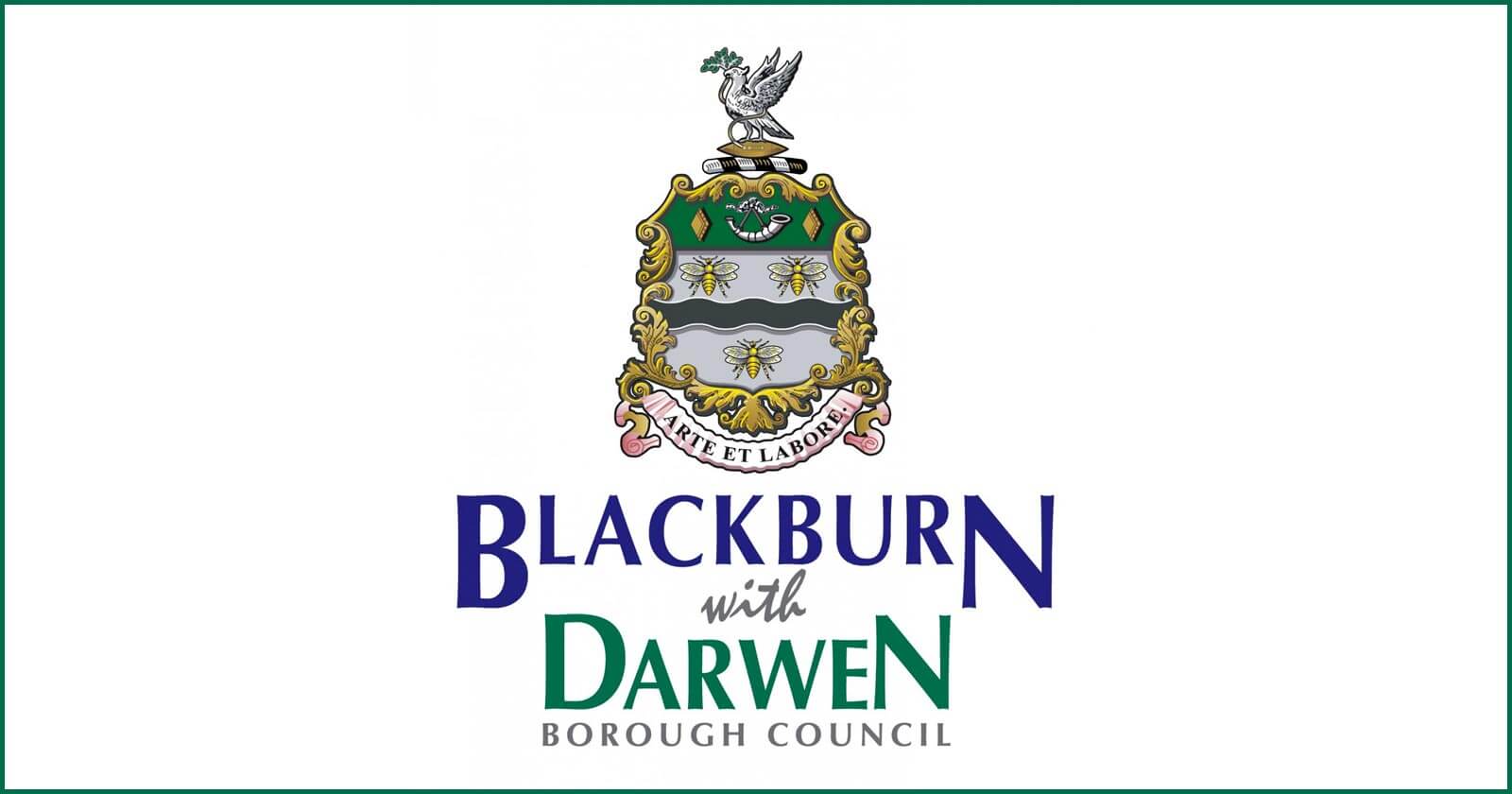Overview
Located about 25 miles northwest of Manchester, Blackburn with Darwen is a unitary authority area in Lancashire with a population of just under 150,000. Once a hub of mills and weaving, today Blackburn is a post-industrial town. Its major employers include Blackburn College, the hospital and healthcare system, an aerospace and defense contractor, and the retail sector.
According to the borough’s alcohol strategy plan for 2014–2017, alcohol-related issues are estimated to cost Blackburn with Darwen £68 million each year and burden the services provided by the local council. Common alcohol-related offences include violence, anti-social behavior, and criminal damage.
The local council has had a long-standing commitment to provide early intervention initiatives to residents to mitigate alcohol-related issues and offences. It actively seeks collaborative and innovative solutions to address alcohol misuse and overcome coexisting needs, such as employment and housing.
How SCRAM CAM is Being Used
In the past, the Blackburn Local Authority used breath testing and hair-strand testing to monitor offenders for alcohol consumption. Intrigued by successes in London’s Drug and Family Court, in July 2014 the council created a working group within its Community Safety division to explore the idea of introducing a voluntary alcohol tagging programme to address alcohol-related crimes. The council allocated money to study the use of SCRAM Continuous Alcohol Monitoring, purchase the tags, and to establish a six-month pilot.
The programme is voluntary and initially focused on individuals with a history of alcohol misuse and public disorder offences. Service users typically place additional burdens on the local blue light services and have frequent contact with local authorities. The goal is to engage service users in a harm reduction model that is overseen by a substance misuse key worker.
The technology allows a fact-based assessment to be integrated into a treatment plan to which the participant has agreed. Other programme goals include reducing further alcohol-related offending and improving treatment engagement activity. Other incentives designed to reinforce support for the service user include assistance with sourcing employment and housing benefits.
Based on early successes, the use of alcohol tagging has been expanded into cases overseen by Children’s Services, as well as cases involving domestic violence. By testing for alcohol every 30 minutes, 24 hours a day, SCRAM CAM has become a trusted pre-proceeding tool to help assess alcohol issues in cases of suspected child neglect or abuse. Parents and guardians can voluntarily wear the tag, which provides valuable evidence of their sobriety or drinking patterns. Ultimately, sobriety tagging has empowered the local authority to better inform decision makers and has allowed some cases to be diverted from further proceedings or hearings.
Outcomes
The programme managers have found that those who wear the tags truly want to address their drinking issues. While the goal is to get individuals to decrease their drinking, rather than fully abstain from alcohol around the clock, data from the tags shows that on any given day 93.7% of participants do in fact remain sober.
To date, the programme has provided sobriety monitoring to more than 80 service users under the umbrella of care within Blackburn with Darwen. Referrals frequently come from social workers and Children’s Services. The Community Safety team are advocates and champions of the programme and have received positive feedback about it during community engagement activities.
Since launching the alcohol tagging scheme, the authority has seen a number of success stories. One recent case exemplifies the potential of the scheme. A gentleman who had been convicted of a violent, alcohol-related offence got sober while in prison. When he was released he wanted to wear a tag to prove that he was no longer drinking. He didn’t have access to his son when he first got out. He transitioned from the bail hostel to his own accommodation, found employment, stopped offending, and eventually got back access to his son. The data from the SCRAM CAM tag enabled him to prove his sobriety and make progress toward getting his life back on track.
The local authority is seeing financial benefits from the tagging as well, with a projected savings of £8,000 over hair-strand testing. In addition, Children’s Services cases that can be successfully diverted during the pre-proceeding phase save thousands of pounds compared to those that go to court.
Based on current successes, Blackburn with Darwen is considering additional use of alcohol tagging to meet increased interest and demand. One future option would see a mandatory programme, similar to London’s compulsory alcohol sobriety trial. This would allow the local authority to use the alcohol tags with more violent offenders and possibly lessen the burden around case management of offenders.

